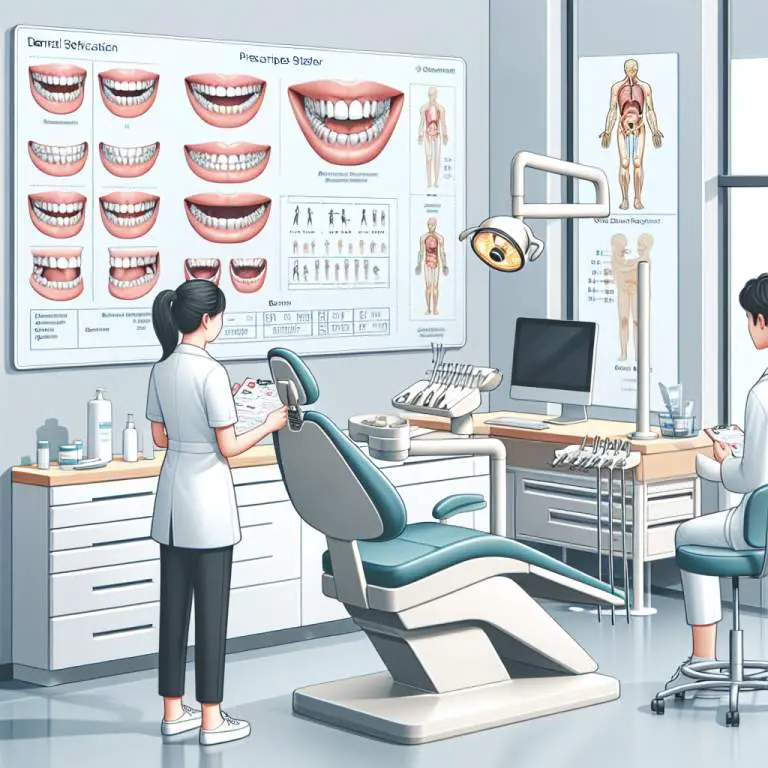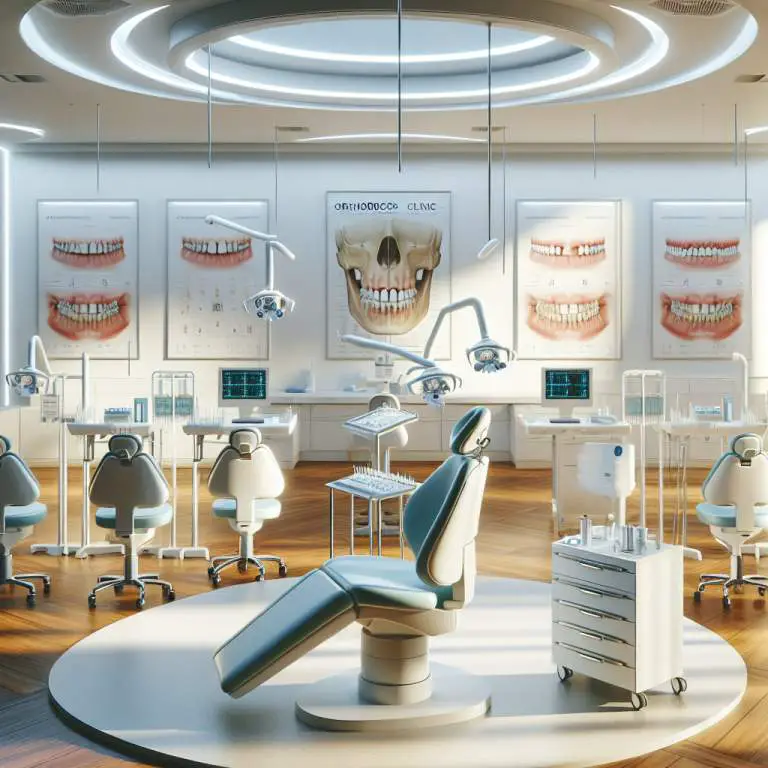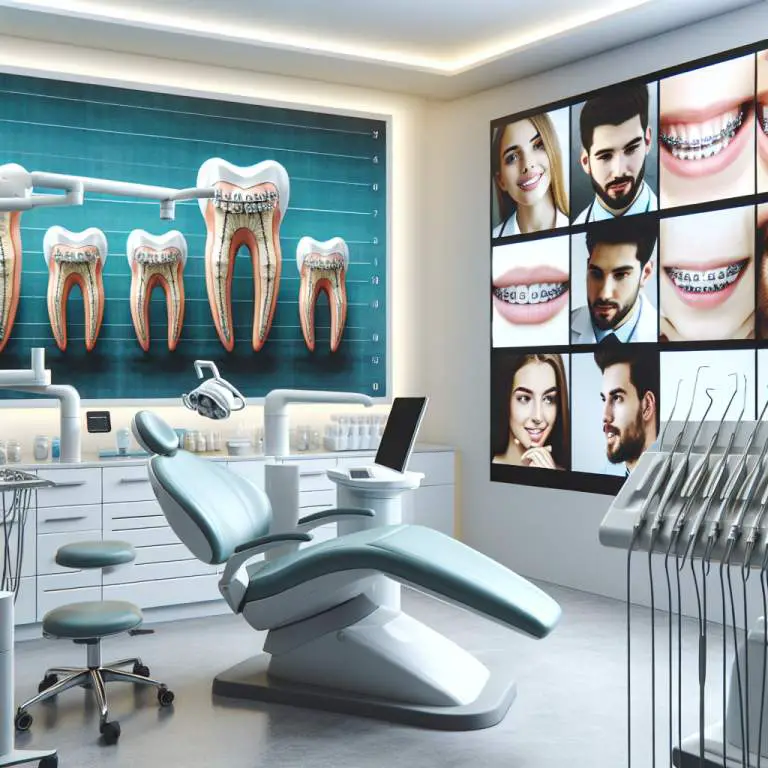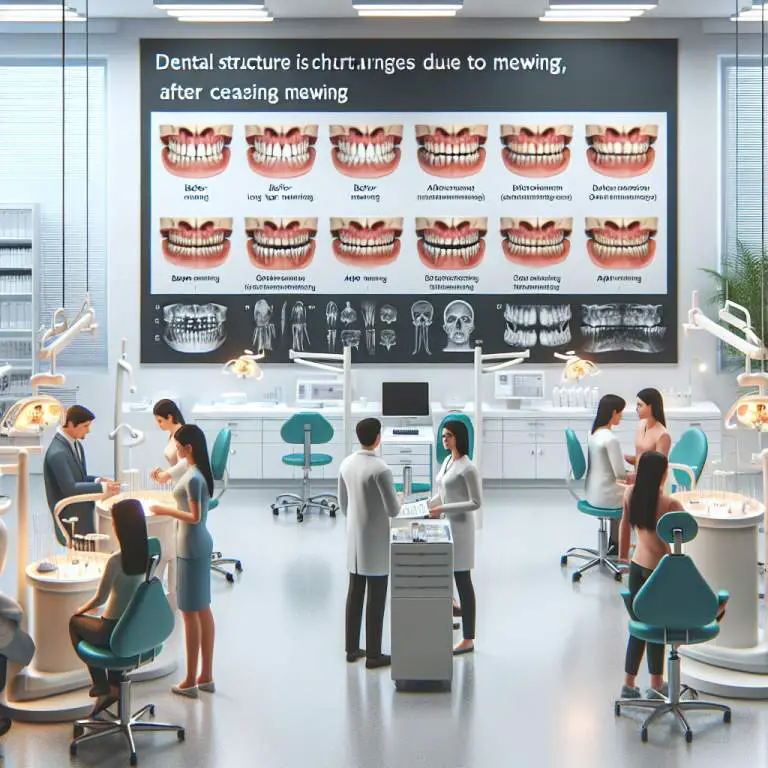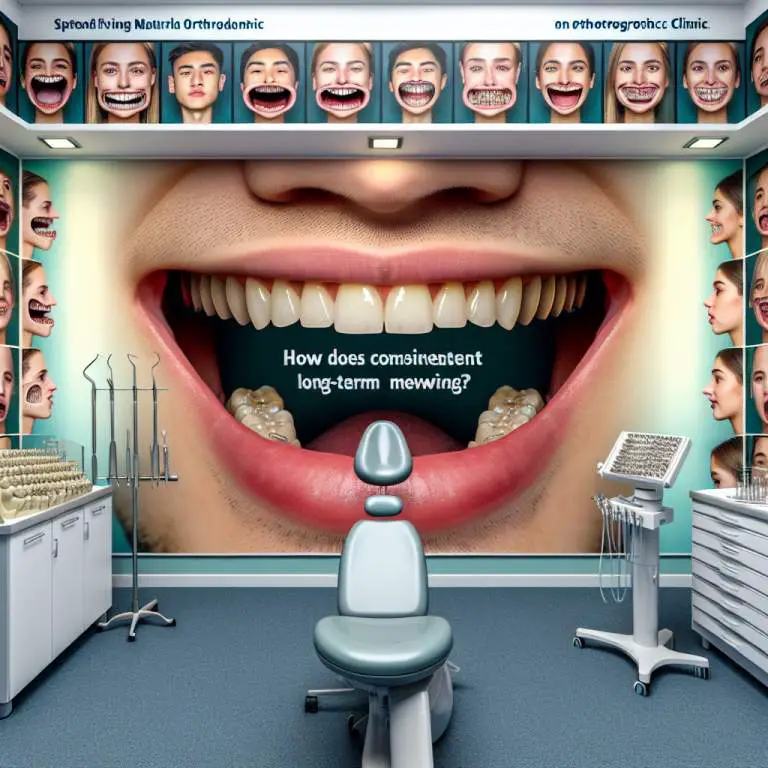Can long-term mewing affect the need for orthodontic or surgical interventions?
Yes, long-term mewing can affect the need for orthodontic or surgical interventions. By practicing proper tongue posture, individuals may experience changes in jaw alignment and facial structure over time. This could potentially reduce the necessity for braces or surgery to correct these issues. However, results vary greatly among individuals and consulting with a professional is recommended before relying solely on mewing as an alternative.

How does mewing theoretically influence facial structure?
Mewing is a technique that involves placing your tongue against the roof of your mouth. This position is supposed to help shape the bones in your face and jaw. The idea is that by doing this, you can make your jawline look better and even change how your face looks over time.
People who teach mewing say that it works because our muscles and bones can change when we use them in new ways. Just like lifting weights can make your muscles bigger, mewing might be able to make changes to your face. But remember, this is just a theory right now.
What evidence exists supporting the effectiveness of mewing?
When it comes to proof, there isn’t a lot of scientific research on mewing yet. Some people have shared their stories online about how mewing changed their faces. They post before-and-after pictures showing differences in their jawlines or overall facial structure.
However, these personal stories aren’t the same as scientific studies. For something to be proven scientifically, researchers need to do experiments and collect data in a very careful way. So far, there haven’t been many studies like that on mewing. This means we need more evidence before we can say for sure if it works.
Can mewing correct or prevent malocclusions?
Malocclusions are problems with how the teeth fit together when you close your mouth. Some people think that mewing might help fix or stop these issues by changing the way the jaw grows. The idea is that if you keep your tongue in the right place, it could help keep everything aligned properly.
But again, there’s not much scientific evidence to back up these claims yet. Orthodontists usually treat malocclusions with braces or other devices. While some believe mewing could help, most experts say we need more research before knowing if it’s truly effective for this purpose.
How does age impact the potential benefits of mewing?
Your age might play a big role in how much mewing can do for you. Younger people’s bones are still growing and changing, which means they might see more results from something like mewing than older adults would. It’s kind of like how it’s easier to learn a new language when you’re young.
That doesn’t mean older people won’t see any benefits at all from trying mewing; it just might not be as noticeable or happen as quickly. Everyone’s body reacts differently to new habits based on lots of factors, including age. So while younger folks might have an advantage here, anyone interested in trying out mewing should keep their expectations realistic.
| Aspect | Description |
|---|---|
| Definition | Mewing is a technique that involves proper tongue posture, aiming to reshape the jawline and improve facial structure over time. |
| Primary Goal | To naturally enhance facial aesthetics and potentially alleviate certain orthodontic issues without surgery or braces. |
| Key Components | – Proper tongue placement against the roof of the mouth – Lips together – Teeth lightly touching or slightly apart |
| Expected Benefits | – Improved jawline definition – Better breathing patterns – Potential reduction in sleep apnea symptoms – Enhanced facial symmetry |
| Potential Limitations | – Results vary greatly among individuals – May not substitute for medical orthodontic treatment in severe cases – Lack of scientific studies to fully support claims |
| Suggested Practice Duration | Daily, continuous practice; noticeable changes might take months to years. |
| User Considerations | – Consultation with an orthodontist before starting – Combining with other non-surgical methods like exercises may enhance results – Monitoring progress and adjusting technique as needed |
What are the risks or potential downsides of practicing mewing?
Mewing, while popular online, is not without its risks. One major concern is that incorrect technique can lead to jaw pain and discomfort. People might think they’re doing it right but end up putting too much pressure on their jaw or teeth, causing issues.
Another downside is the potential for developing temporomandibular joint disorder (TMJD), a condition that affects the jaw joint and chewing muscles. This can happen if mewing is done excessively or incorrectly. It’s important to approach this practice with caution and be aware of these risks.
How do orthodontic professionals view mewing as an alternative to traditional treatments?
Many orthodontic professionals are skeptical about mewing being an effective alternative to traditional treatments like braces or Invisalign. They argue that there’s not enough scientific evidence to prove that mewing can significantly alter facial structure or correct dental issues in the way traditional orthodontics can.
However, some professionals acknowledge that proper tongue posture, which is a part of mewing, can play a role in oral health. They suggest that while mewing alone might not solve complex dental problems, it could complement other treatments by promoting better oral posture.
What additional practices can complement mewing for optimal results?
To enhance the potential benefits of mewing, incorporating other healthy practices is recommended. Good oral hygiene, including regular brushing and flossing, helps maintain dental health and supports any changes from mewing. Eating a balanced diet rich in vitamins and minerals also promotes stronger bones and teeth.
Exercises targeting the neck and shoulders can also complement mewing by improving posture overall. Better body posture contributes to the alignment of the jaw and teeth. Combining these practices with consistent mewing may lead to more noticeable improvements over time.
Final Thoughts
Mewing has gained popularity as a simple technique purported to improve facial aesthetics and structure. However, it’s crucial to approach it with realistic expectations and awareness of its limitations and potential risks.
Consulting with orthodontic professionals before starting any new practice like mewing is always wise. They can provide guidance based on scientific evidence and personal health needs. Remember, achieving optimal oral health involves a combination of good habits, professional care, and sometimes patience.


